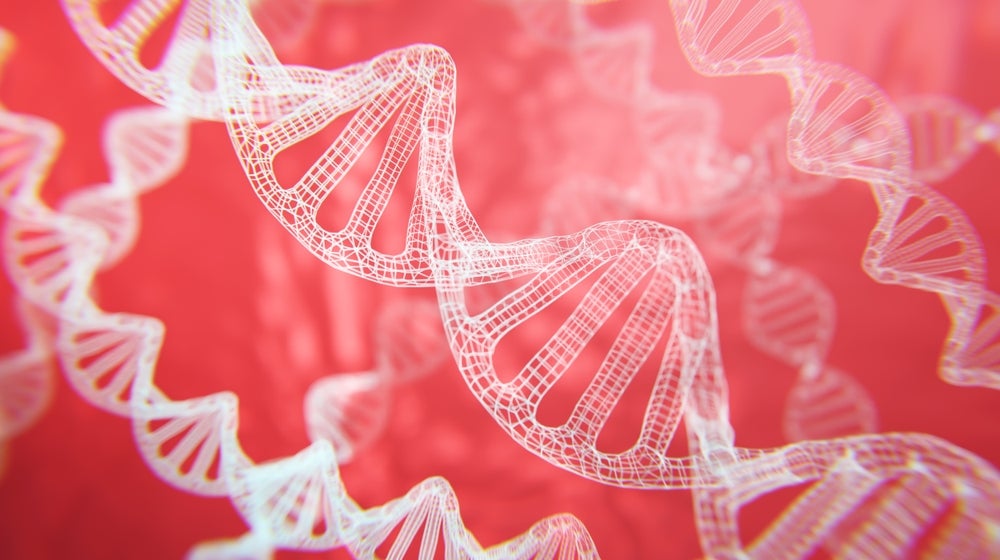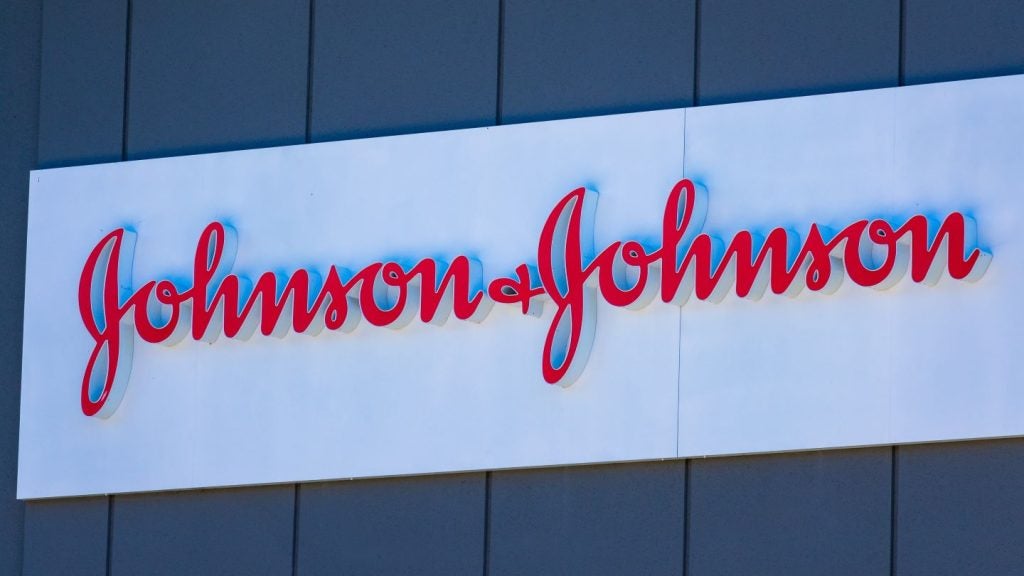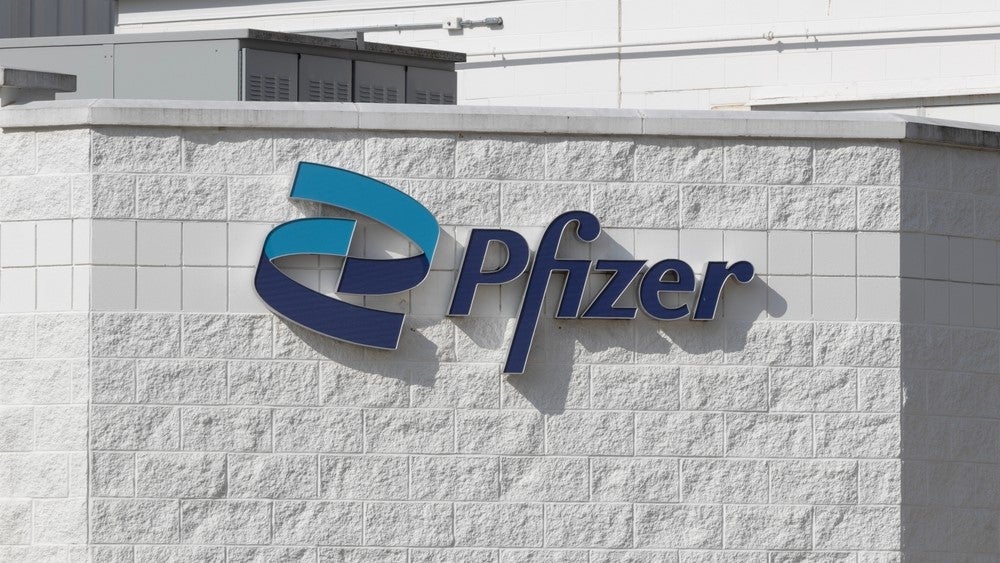The Hyperoxaluria drugs in development market research report provides comprehensive information on the therapeutics under development for Hyperoxaluria, complete with analysis by stage of development, drug target, mechanism of action (MoA), route of administration (RoA), and molecule type. GlobalData’s report assesses key aspects of the companies and drugs in development for Hyperoxaluria. Buy the report here.
The report also covers the descriptive pharmacological action of the therapeutics and the latest news and press releases. Additionally, the report provides an overview of the key players involved in therapeutic development for Hyperoxaluria and features dormant and discontinued products.
GlobalData tracks 15 drugs in development for Hyperoxaluria by 14 companies/universities/institutes. The top development phase for Hyperoxaluria is preclinical with five drugs in that stage. The Hyperoxaluria pipeline has 15 drugs in development by companies and 0 by universities/ institutes. Some of the companies in the Hyperoxaluria pipeline products market are: Intellia Therapeutics, Arbor Biotechnologies and Metagenomi.
The key targets in the Hyperoxaluria pipeline products market include 2 Hydroxyacid Oxidase 1, Gamma-Aminobutyric Acid Receptor Subunit Alpha 3, and L-Lactate Dehydrogenase A Chain.
The key mechanisms of action in the Hyperoxaluria pipeline product include 2 Hydroxyacid Oxidase 1 Inhibitor with four drugs in Phase 0. The Hyperoxaluria pipeline products include three routes of administration with the top ROA being Oral and six key molecule types in the Hyperoxaluria pipeline products market including Gene Therapy, and Small Molecule.
Hyperoxaluria overview
Hyperoxaluria, a rare condition, manifests with recurrent kidney and bladder stones, often progressing to life-threatening end-stage renal disease (ESRD). The condition arises from the overproduction of oxalate, leading to abnormally high levels in urine. Primary hyperoxaluria types 1, 2, and 3 are caused by mutations in the AGXT, GRHPR, and HOGA1 genes, respectively. These genes guide the production of enzymes crucial for breaking down amino acids and other compounds. The enzyme from the HOGA1 gene plays a role in amino acid breakdown, resulting in the formation of glyoxylate, further processed by enzymes from the AGXT and GRHPR genes.
For a complete picture of Hyperoxaluria’s pipeline drug market, buy the report here.
Data Insights
From

The gold standard of business intelligence.
Blending expert knowledge with cutting-edge technology, GlobalData’s unrivalled proprietary data will enable you to decode what’s happening in your market. You can make better informed decisions and gain a future-proof advantage over your competitors.







